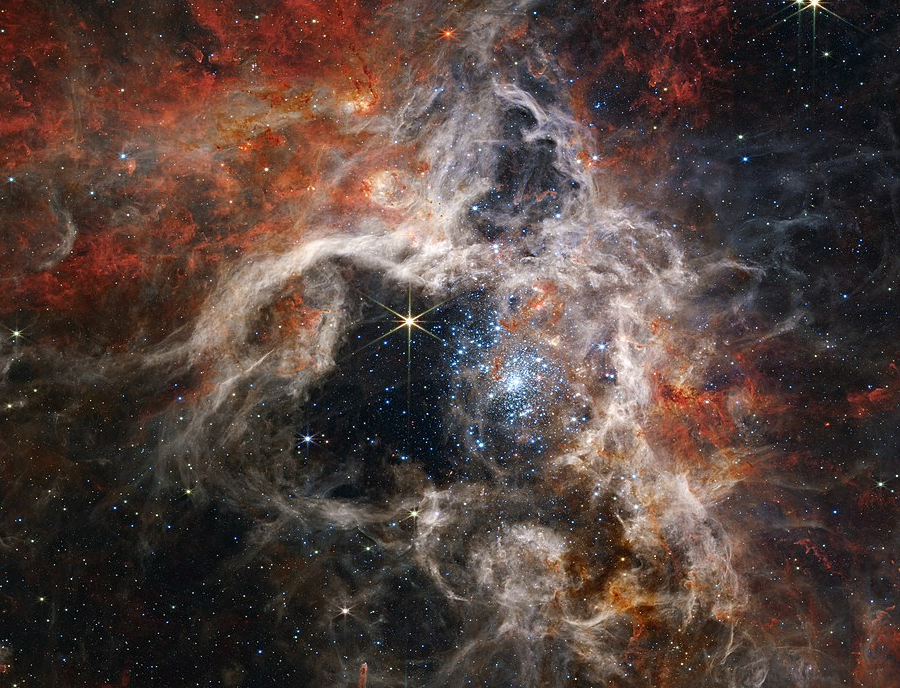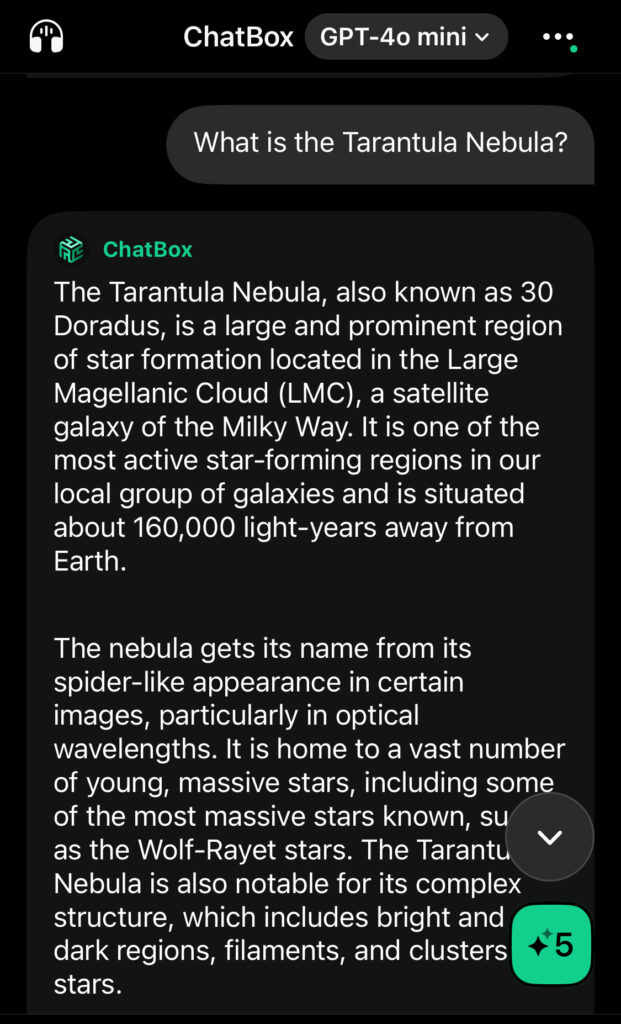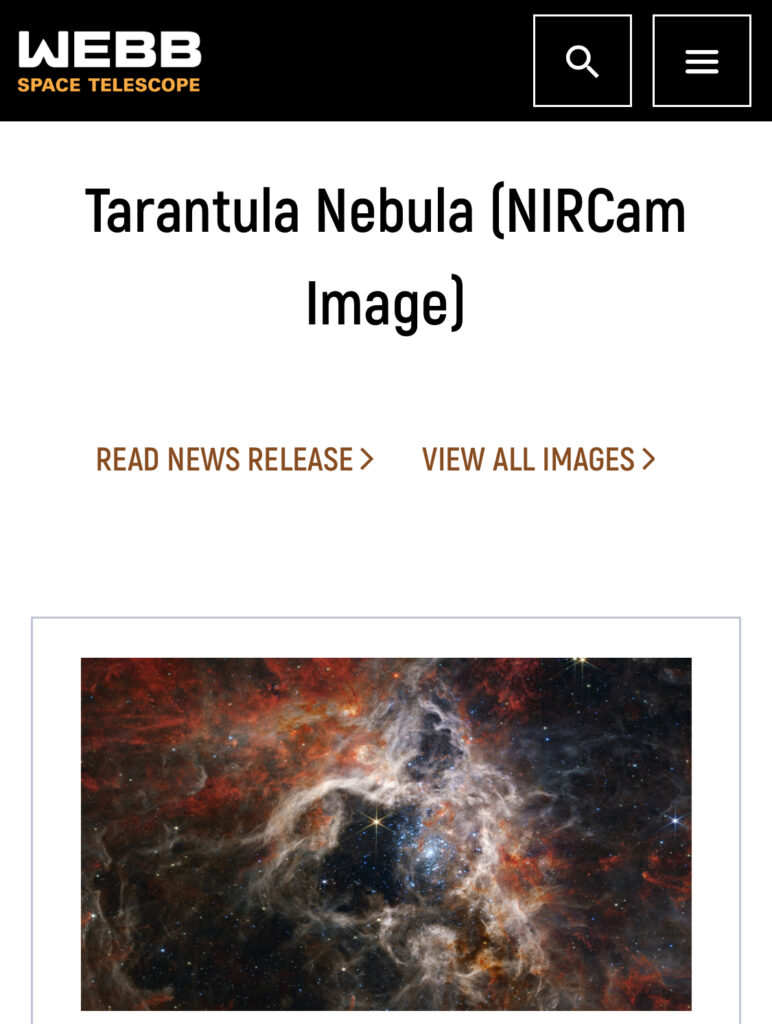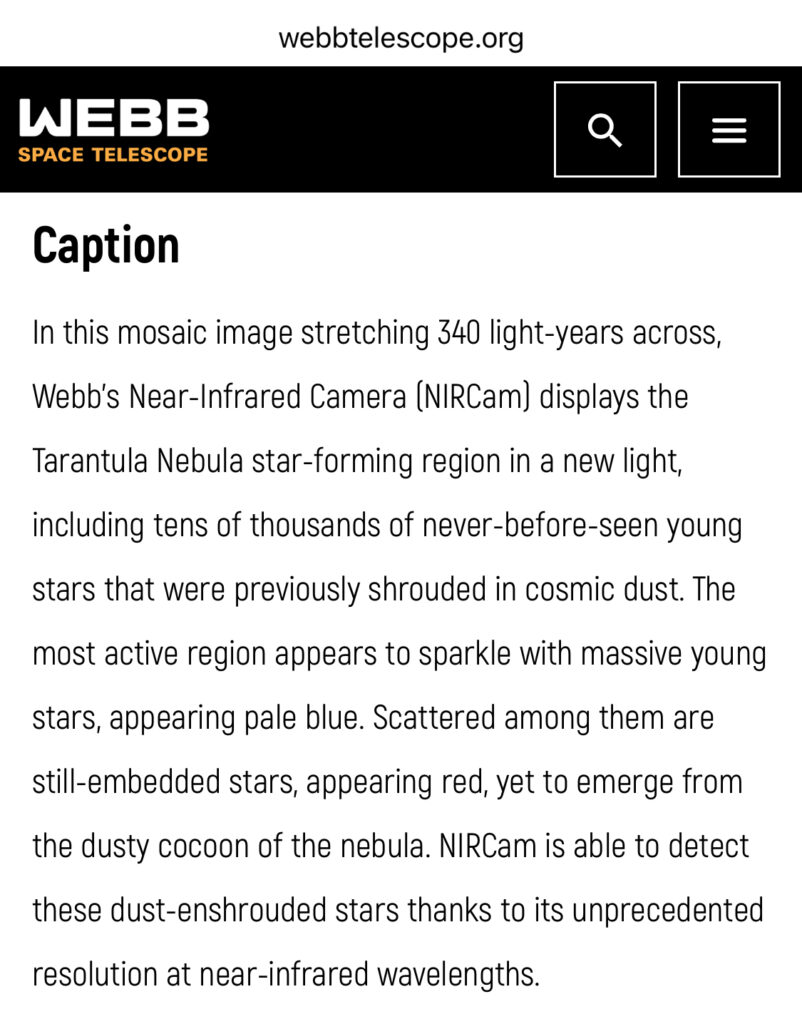
click – Tarantula Nebula AI Music


What is the Tarantula Nebula?
The Tarantula Nebula, also known as 30 Doradus, is a large and prominent region of star formation located in the Large Magellanic Cloud (LMC), a satellite galaxy of the Milky Way. It is one of the most active star-forming regions in our local group of galaxies and is situated about 160,000 light-years away from Earth.
The nebula gets its name from its spider-like appearance in certain images, particularly in optical wavelengths. It is home to a vast number of young, massive stars, including some of the most massive stars known, such as the Wolf-Rayet stars. The Tarantula Nebula is also notable for its complex structure, which includes bright and dark regions, filaments, and clusters of stars.
One of the most famous features within the Tarantula Nebula is the R136 cluster, which contains some of the most luminous stars ever observed. The nebula plays a crucial role in understanding stellar evolution and the processes of star formation, making it a key target for astronomers studying the life cycles of stars. Observations of the Tarantula Nebula have been conducted across various wavelengths, including optical, infrared, and radio, providing a wealth of information about its composition and dynamics.

